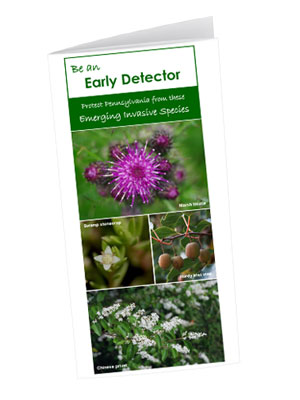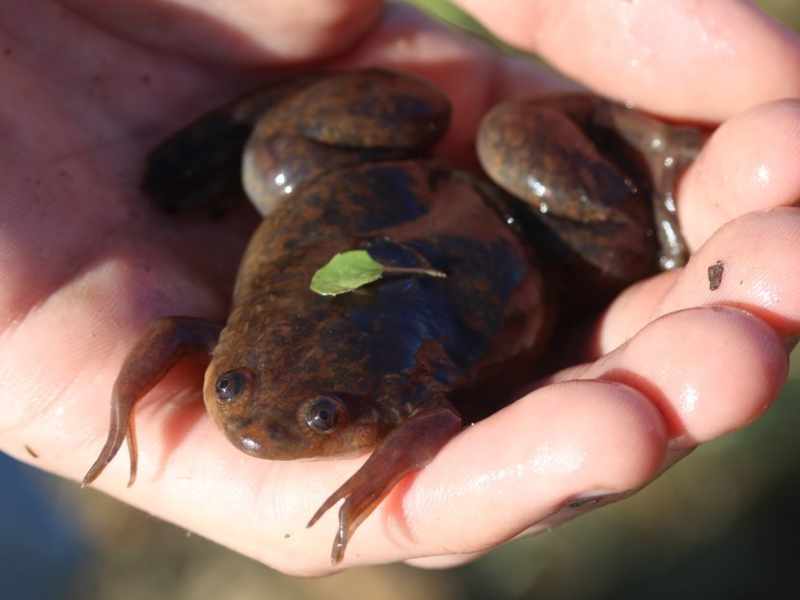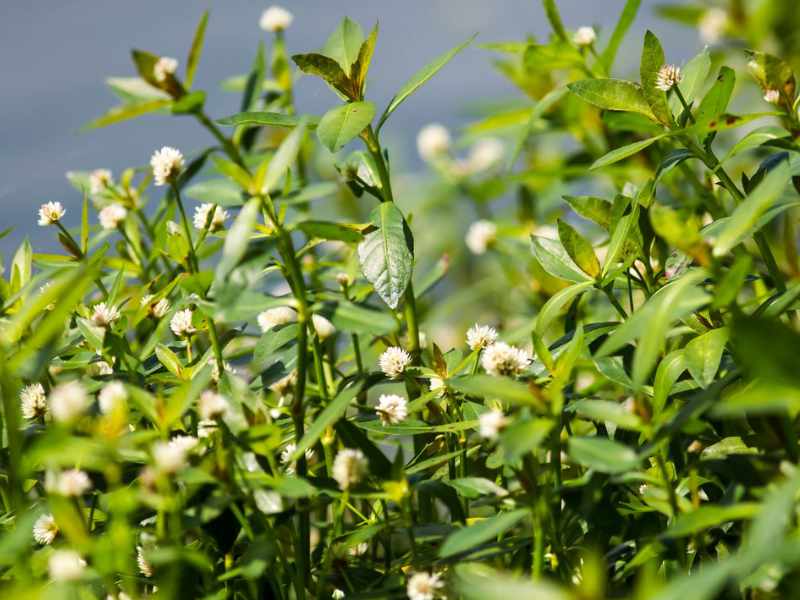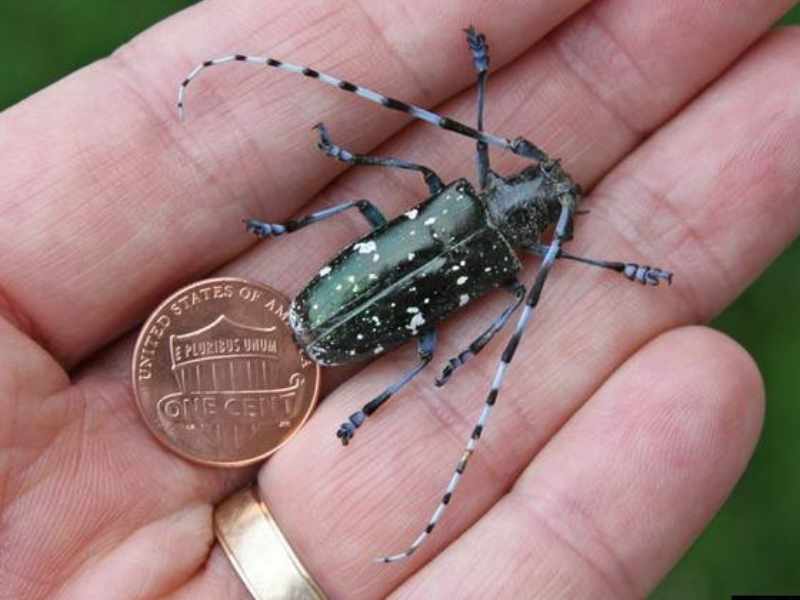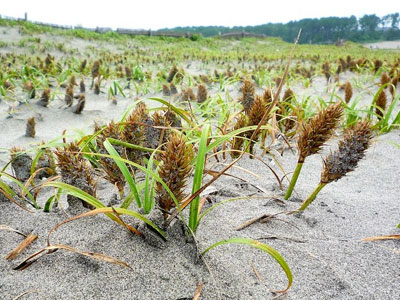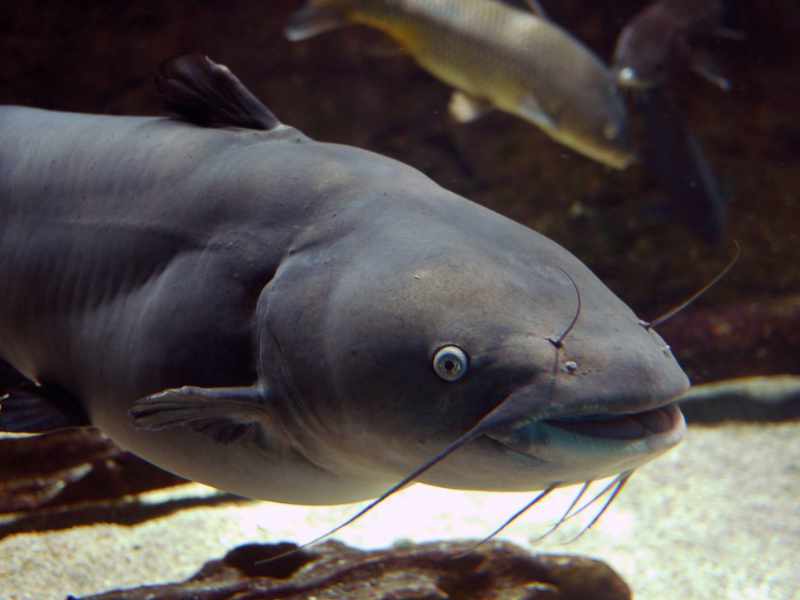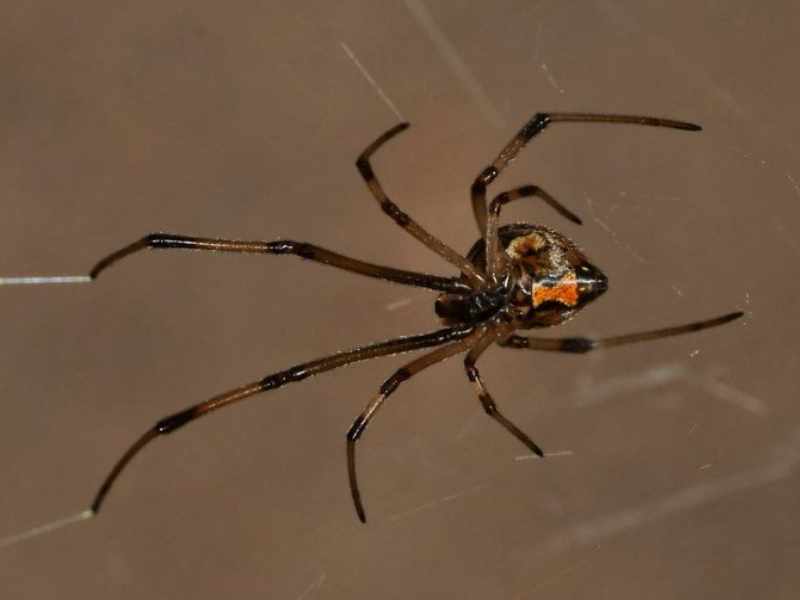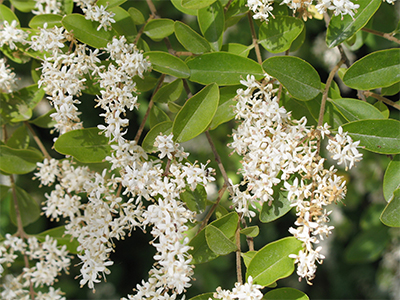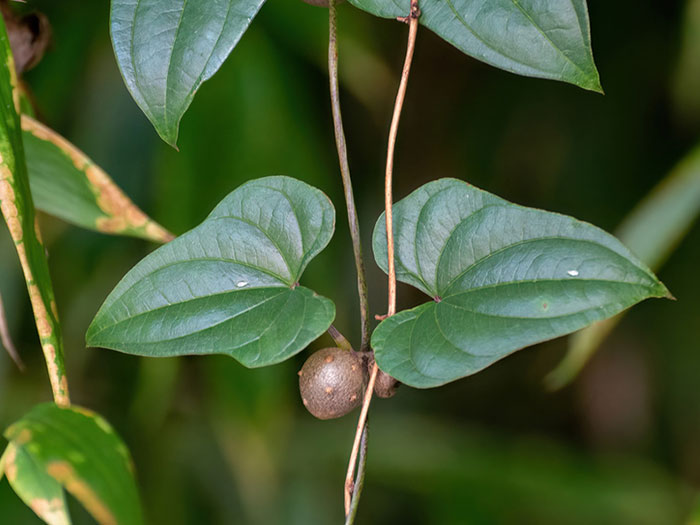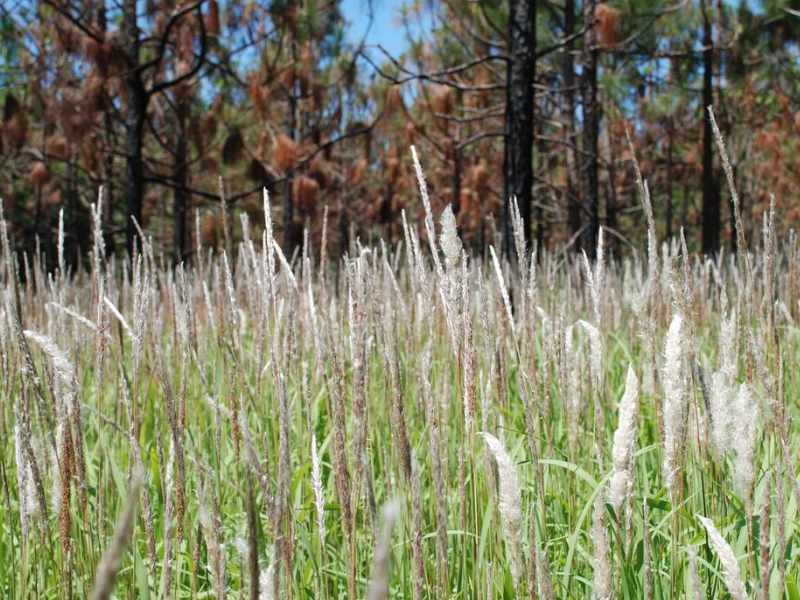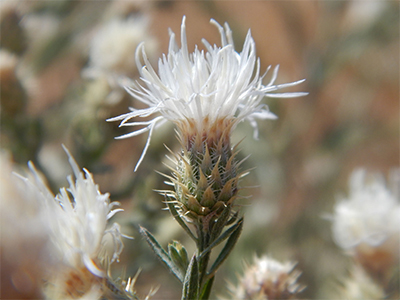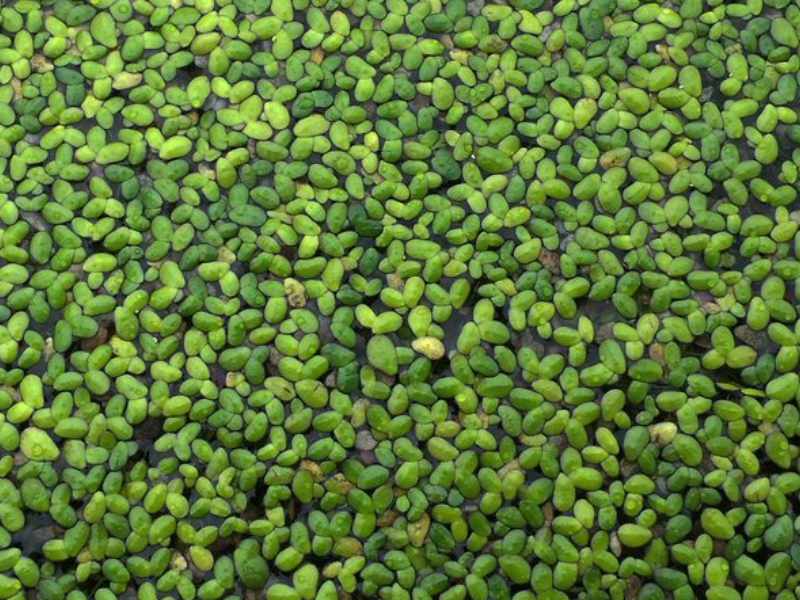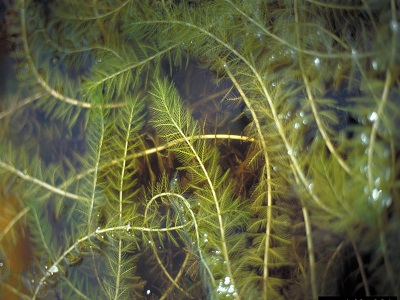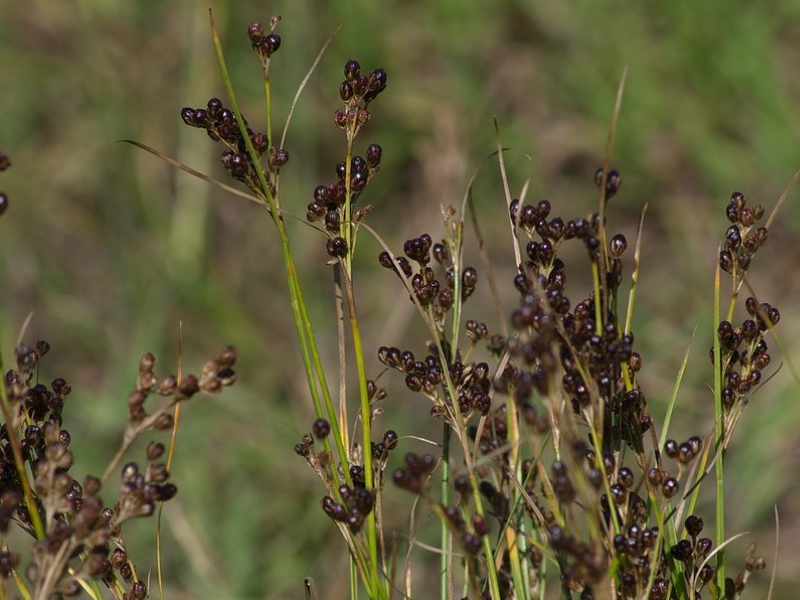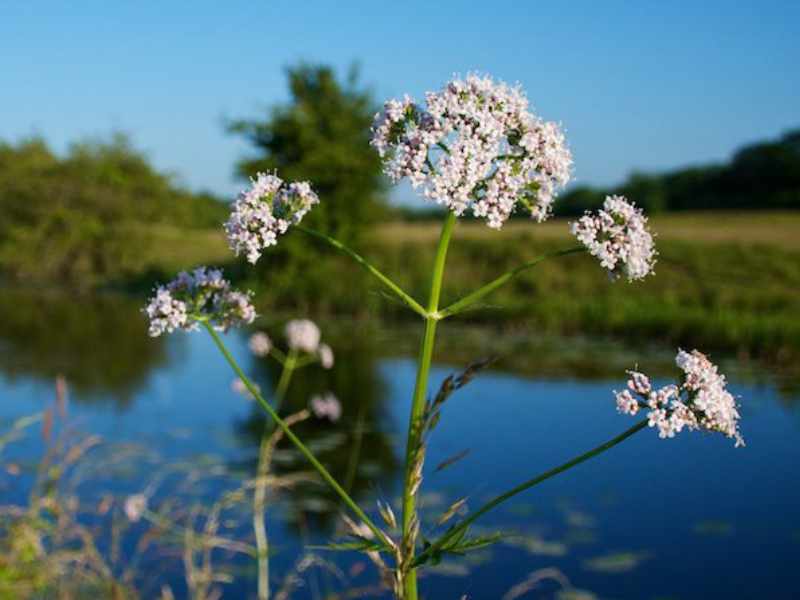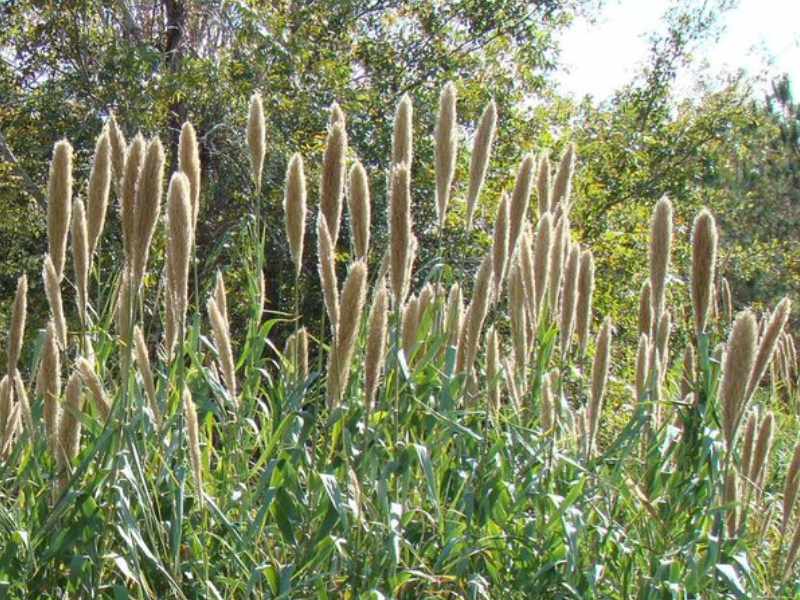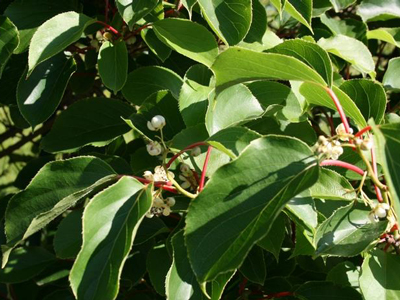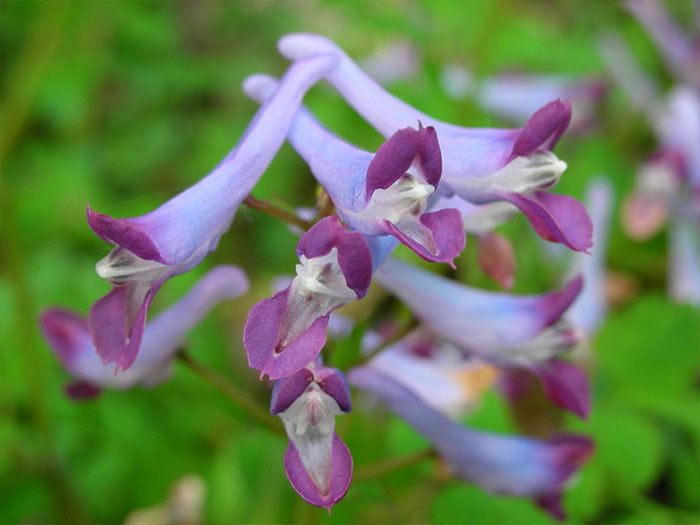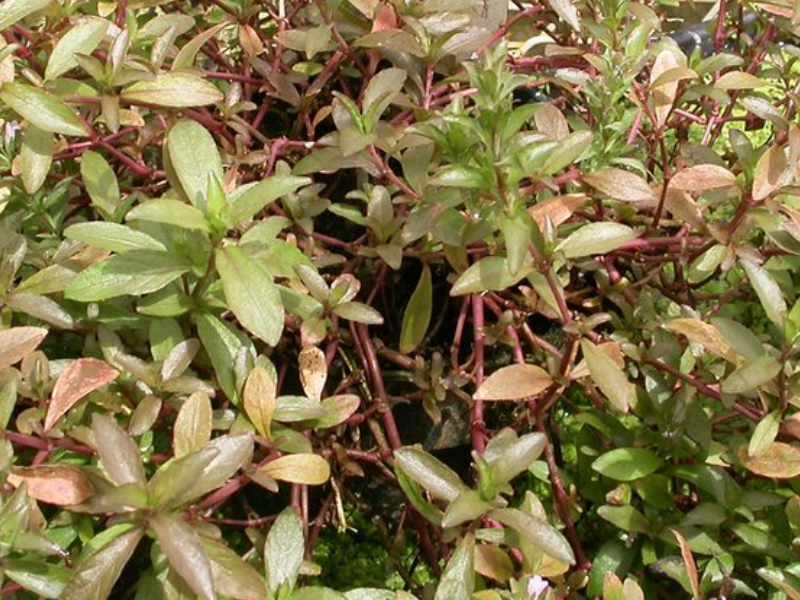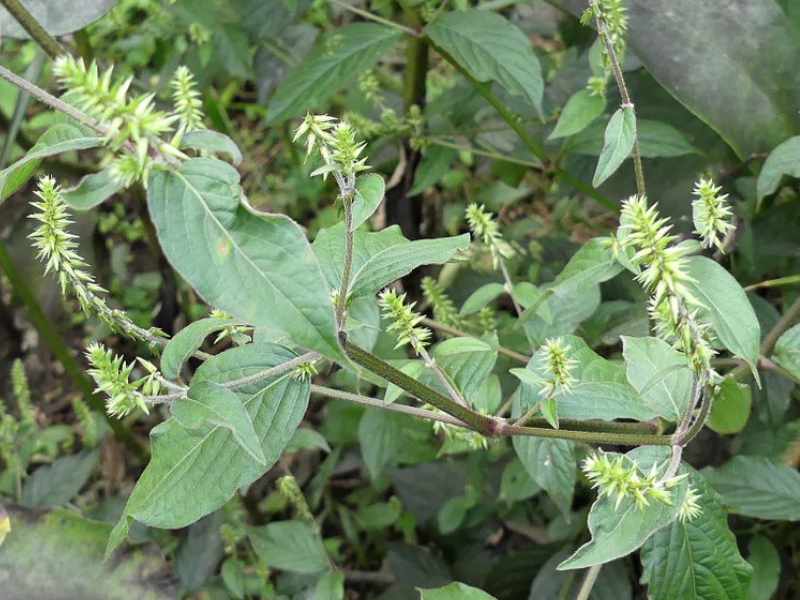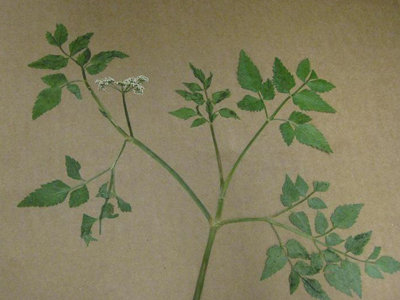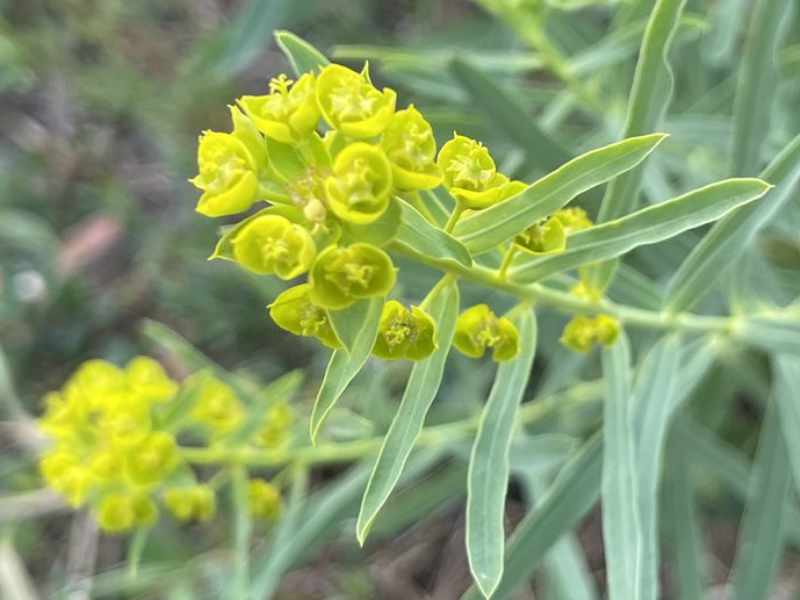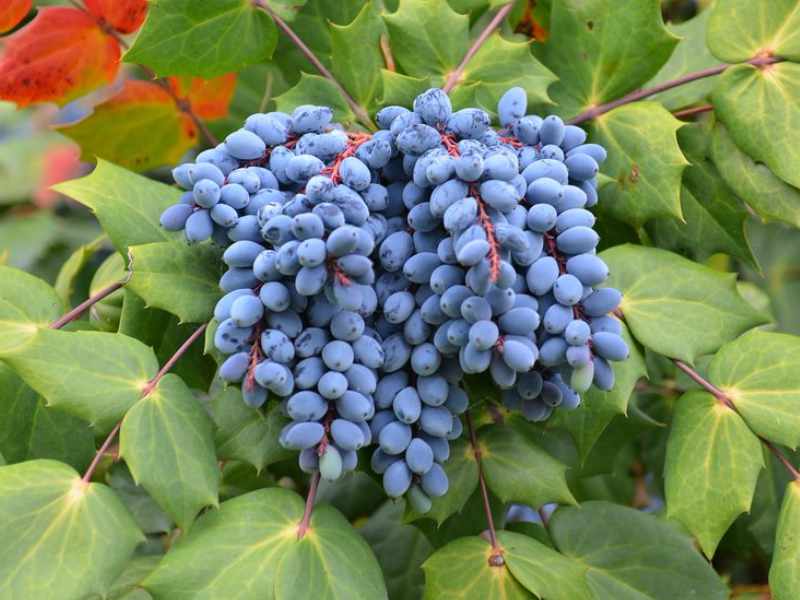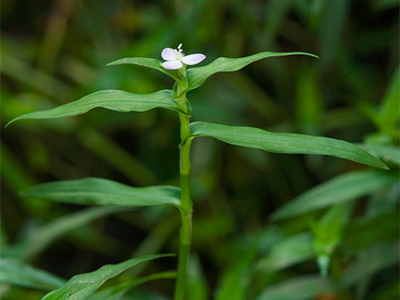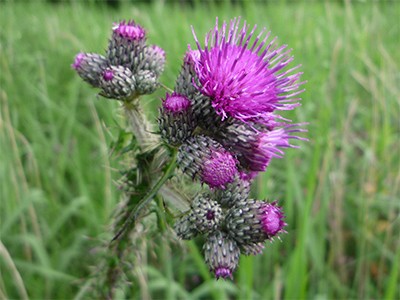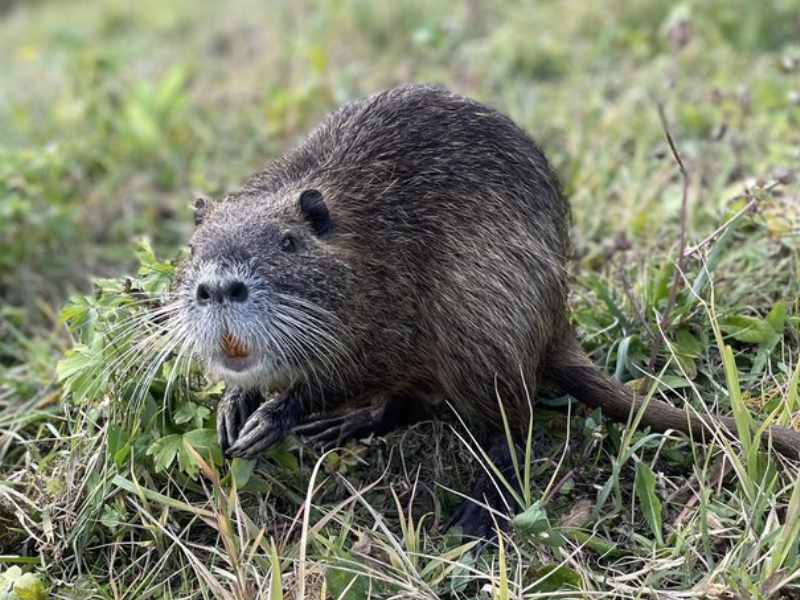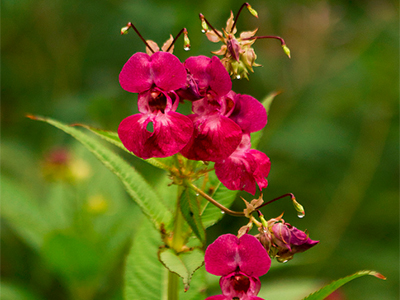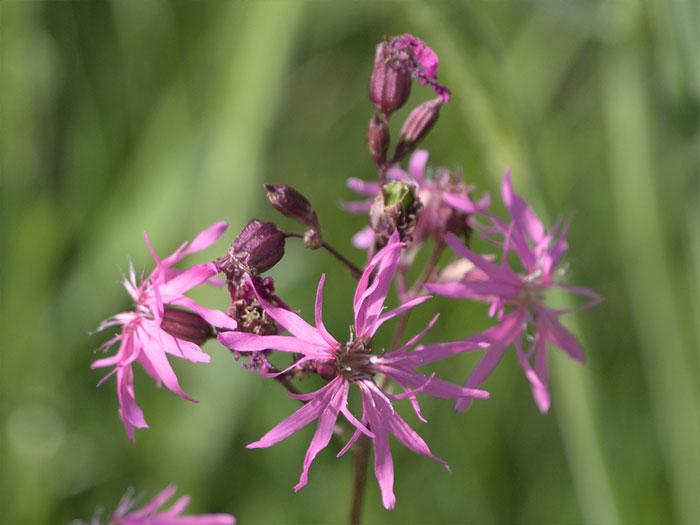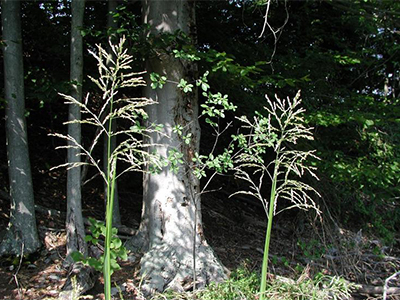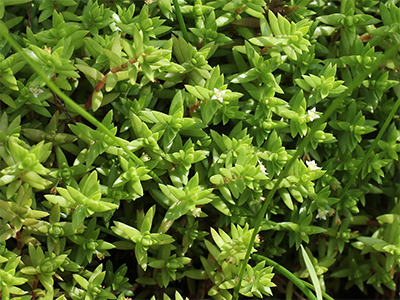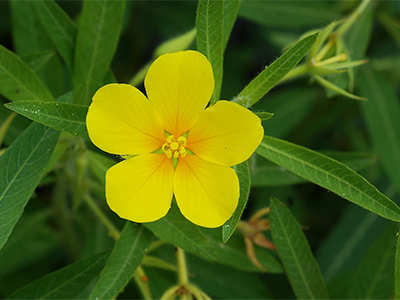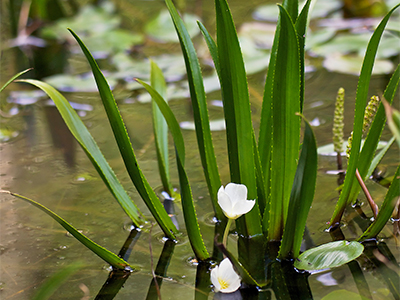Conservation Science
Protecting Pennsylvania’s Plants and Animals
Invader Watch List
Many invasive species are exceptionally difficult and costly to control. That’s why it’s important to identify invasive species before they make their impact on the environment. To aid in early detection efforts, Pennsylvania Natural Heritage Program staff initiated a project in 2017 to determine invasive plants likely to arrive in Pennsylvania over the next ten years, species considered “emerging threats” to the commonwealth. The project identified 12 species, of which three are currently found in Pennsylvania, but are considered rare. The remaining nine species have yet to be found in Pennsylvania.
Aggressive invasive species can rapidly cause degradation of natural habitats and the decline of native species. For example, umbrella flatsedge (Cyperus diandrus) is considered imperiled in Pennsylvania. It grows on shorelines of ponds, lakes and streams, and in bogs and marshes. By finding and reporting invasive species such as purple loosestrife (Lythrum salicaria) and creeping Jenny (Lysimachia nummularia) that are known to inhabit similar places, you are aiding in the protection of this and other native rare plants that run the risk of being outcompeted by invasive species.
Preventing invasive populations from becoming established is the first line of defense in the conservation of native species that are rare and endangered. Armed with information about potential plant invaders, invasive species coordinators, land managers and citizen scientists can refine their invasive species survey priorities and be on the lookout for these emerging threats.
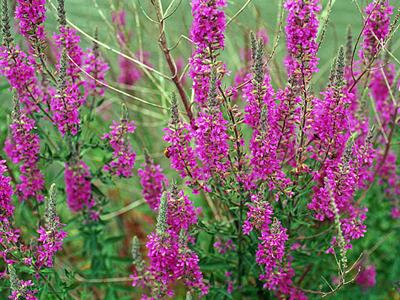
Purple loosestrife
(Lythrum salicaria)
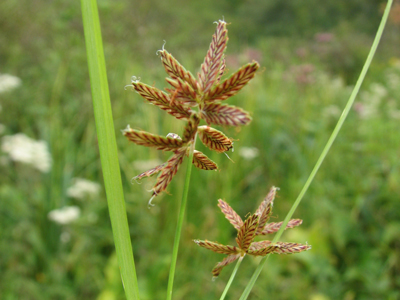
Umbrella flatsedge
(Cyperus diandrus Torr.)
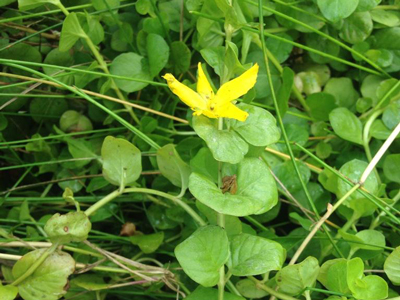
Creeping Jenny
(Lysimachia nummularia)
Be On the Lookout
You can help us keep a watchful eye on these emerging threats. If you find any of these species, be sure to report your findings, including distinguishing photographs, to Pennsylvania iMapInvasives, which is managed by PNHP. This free online database accepts reports for invasive species from citizen scientists and natural resource professionals. We ensure that reports for high priority species are forwarded to state and local officials for quick management action to protect native species. You can download a brochure developed by PNHP staff, featuring profiles of invading plant species and the importance of early detection.
We have identified 28 invasive species that are emerging threats to Pennsylvania’s plants and animals. Many of these species are not yet present in the state, but have the potential to cause harm to the environment, economy or human health. With the help of many, we can preserve the future of Pennsylvania’s native ecosystems for the benefit and enjoyment of all.
For More Information:
Western Pennsylvania Conservancy
800 Waterfront Drive
Pittsburgh, PA 15222

